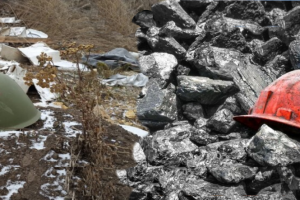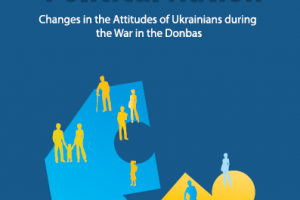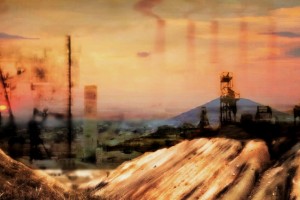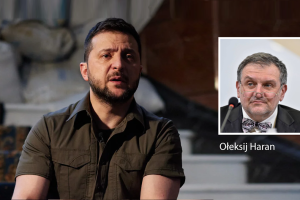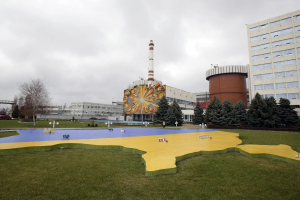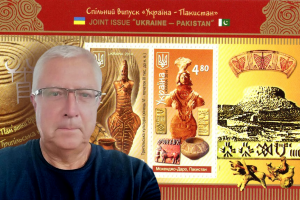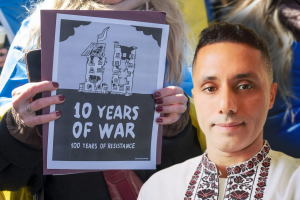Sanction Rosatom and send clear signal that occupation of nuclear plants will not be tolerated
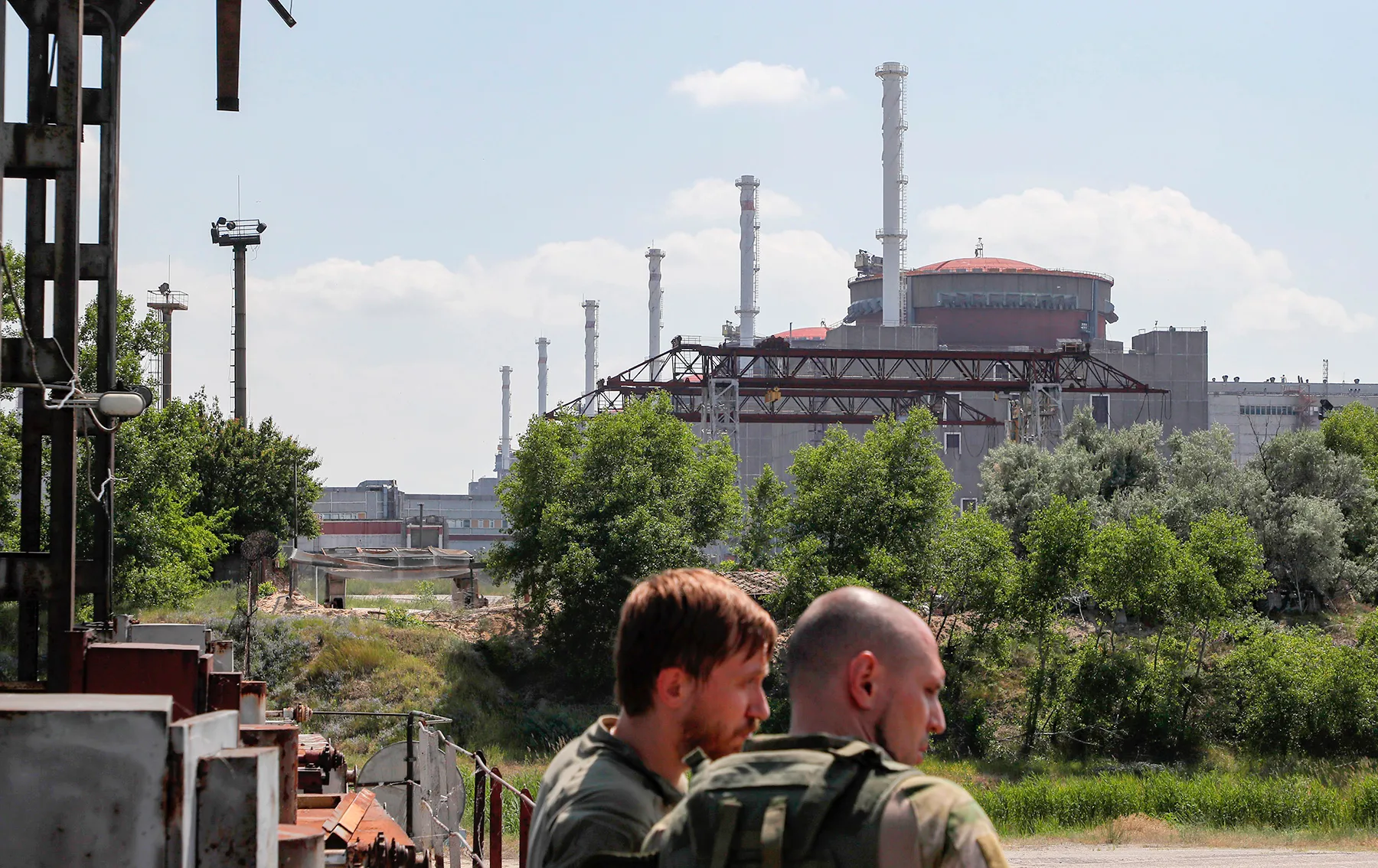 The Zaporizhzhia Nuclear Power Plant in Enerhodar, southeastern Ukraine. (Photot: EPA-EFE / Sergei Ilnitsky)
The Zaporizhzhia Nuclear Power Plant in Enerhodar, southeastern Ukraine. (Photot: EPA-EFE / Sergei Ilnitsky)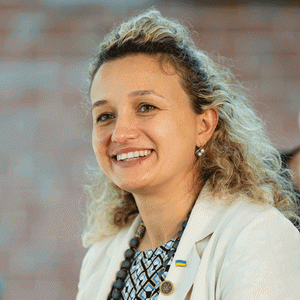
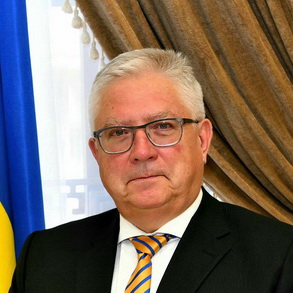
The deadline that US President Donald Trump had established for Russia to start a ceasefire, stop its aggression against Ukraine, or otherwise face the threat of sanctions was 8 August 2025.
This was the sixth time that Trump had demanded that Vladimir Putin stop the war; however, Putin had previously declined such offers. The day passed uneventfully.
During the 11 years of the Russian invasion of Ukraine, numerous peace initiatives have emerged, including the African Peace Mission. But analysts see little sign that Putin is prepared to abandon his intention to take control of Ukraine.
In 2022, Russia declared in its Constitution that four Ukrainian regions were part of its territory, but failed to fully take over any of them militarily.
Now Putin would have to amend the Russian constitution to halt the aggression at the current frontline — a highly risky political move that could bring about the end of his political power. Thus, he is demanding that Ukrainians leave their homes “voluntarily” because the Russian army failed to take these territories by force.
In July this year, Russia launched more than 6,000 drones and fired dozens of missiles targeting Kyiv and other Ukrainian cities, killing civilians far from the frontline. Just in the first half of this year, 6,754 civilians have been killed or injured, according to the UN. The war remains intense, and no one is safe in Ukraine.
Nevertheless, hopes are high again for 15 August, when Trump is expected to meet with Putin in Alaska, the territory the US once bought from Russia. President Cyril Ramaphosa, who has previously spoken in support of Ukraine’s territorial integrity, also spoke with both the Russian and Ukrainian presidents last week, raising expectations that a ceasefire may be possible.
Sanctions
The expectations are that Trump can speak from a position of strength and threaten sanctions. However, given Russia’s negligible trade with the US, what sanctions could Trump introduce that would be meaningful?
The Russian state budget used to receive about 50% of its revenue from oil and gas exports; this had already dropped to 30% in 2024. Further sanctions could seriously undermine the Kremlin’s ability to fund the war, which is expensive to run. In 2025, a record 40% of Russia’s state budget has been allocated to defence and security.
Another 6%-10% of revenue comes from the Russian state agency Rosatom, which serves a dual role: developing civilian nuclear reactors and acting as a strategic arm of the Kremlin’s military sector by producing parts for non-nuclear weapons and other defence technologies.
Rosatom’s subsidiaries supply components to Russia’s military-industrial complex, including drone technologies. Some of these facilities, such as the drone production factory in Alabuga, have been accused by the Global Initiative Against Transnational Organized Crime of recruiting African women aged 18 to 22 to drone production under allegedly false promises of a “work-study programme”.
Rosatom, whose regional office has operated in South Africa since 2012, plays a key role in the military occupation of the Zaporizhzhia Nuclear Power Plant, Europe’s largest nuclear power plant, seized by Russian military forces in March 2022 and turned into a geopolitical hostage.
The occupation of the plant is the first instance in history where a nuclear power plant has been militarily occupied and has been operated for more than three years during active warfare. Rosatom plays a key role in this precedent.
The violations of the International Atomic Energy Agency’s seven nuclear safety pillars — the physical integrity of facilities, operability of safety systems, autonomy of staff decision-making, secure off-site power, uninterrupted logistics, effective radiation monitoring and reliable communication with regulators — have already been documented at the Zaporizhzhia Nuclear Power Plant.
The detailed analysis of these violations and what they mean for the African continent is presented in the Policy Brief on Nuclear Safety during Military Invasion, presented ahead of the African Union’s Mid-Year Coordination Meeting in Accra in July 2024. The brief presents a comprehensive case study of nuclear vulnerability during wartime and calls for urgent action by African countries, including South Africa, to prevent similar situations on the continent.
However, the challenges at the occupied Zaporizhzhia Nuclear Power Plant go beyond the risk of physical damage to the facility.
In May 2025, the International Labour Organization (ILO) reported that 13 Zaporizhzhia Nuclear Power Plant employees had been abducted, including three cases this year. The whereabouts of at least one detained worker remains unknown. The organisation also documented forced labour, coerced union membership and serious occupational safety risks for staff.
Pressure to sign contracts
More than 40 documented witness accounts by human rights organisations such as Truth Hounds suggest that since March 2022, Rosatom experts were fully aware of the pressure that the military personnel were putting on the nuclear operators to sign contracts with Rosatom.
They were aware of interrogations, detentions, torture, psychological coercion and decisions to deny shift rotations. This is not a technical dispute. It is a systematic breach of international humanitarian law and nuclear safety norms, and of the UN Guiding Principles on Business and Human Rights.
International mechanisms such as the UN have been powerless in the face of the Zaporizhzhia Nuclear Power Plant occupation.
In July 2024, the UN passed a resolution — “Safety and security of nuclear facilities of Ukraine, including the Zaporizhzhia nuclear power plant” — condemning the Russian occupation of the plant and calling for the immediate withdrawal of military forces to ensure global nuclear safety.
Many African countries supported this resolution, recognising the threat to international peace posed by the militarisation of a civilian nuclear site. In addition, 13 African states — including Ghana, Kenya, and Zambia — endorsed the Peace Summit Communiqué in Switzerland, affirming Ukraine’s sovereign control over its nuclear sites. However, these international documents lack binding power.
Torture
Instead, sanctions or a refusal to cooperate with organisations that support torture could reduce the funding available for the war. Such sanctions can be implemented by any country that aims to promote human rights and nuclear safety.
South Africa co-chairs the Treaty on the Prohibition of Nuclear Weapons. Ukraine is one of the few countries that gave up its nuclear weapons, despite holding the world’s third-largest nuclear arsenal prior to 1994.
That year, it voluntarily disarmed, joined the Non-Proliferation Treaty, accepted International Atomic Energy Agency safeguards, and allowed international inspections. In return, the US, the UK and Russia committed to respecting and protecting Ukraine’s borders and sovereignty.
The silence and acceptance of military risks, and the violations of international labour practices, corporate responsibilities and human rights, show why governments that want to protect their population must act — not in reaction to a European war, but in defence of their own nuclear future. DM
Dzvinka Kachur is with the Ukrainian Association of South Africa. Volodymyr Lakomov is with the Ilko Kucheriv Democratic Initiatives Foundation.


